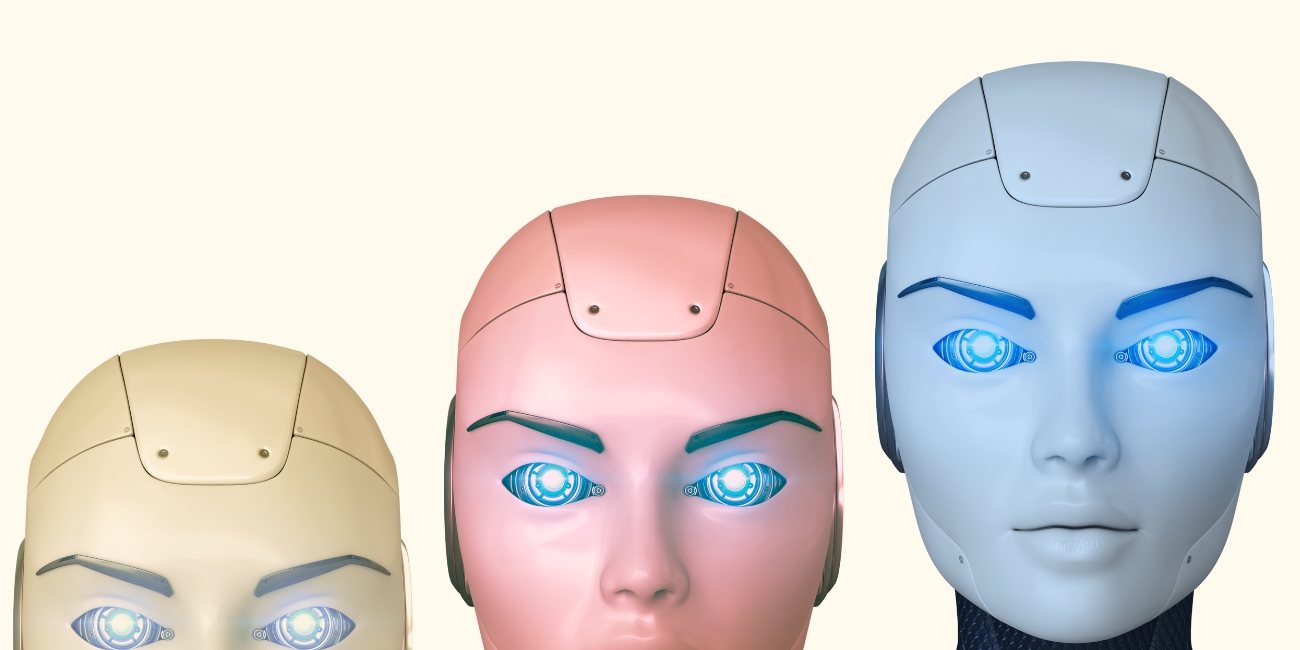
Artificial intelligence (AI) has always been accompanied by a heightened sense of anticipation and grand promises—a phenomenon often referred to as “AI hype.” From the earliest stages of AI research, leading figures in the field painted an optimistic picture of what AI could achieve. This optimism fueled not only scientific interest but also public imagination, funding, and media fascination.
The roots of this hype can be traced back to the mid-20th century, particularly to the work of John McCarthy and Marvin Minsky. McCarthy, a mathematician, and Minsky, a computer scientist, are credited as foundational thinkers in AI. In 1956, McCarthy organized the Dartmouth Conference, which marked the formal founding of artificial intelligence as a research discipline. The proposal stated that “every aspect of learning or any other feature of intelligence can in principle be so precisely described that a machine can be made to simulate it.”
This bold claim captured the aspirations of AI researchers and suggested that human-level AI might be achievable within a generation. During the 1960s and 70s, similar optimistic predictions became common. Researchers believed that intelligent machines capable of reasoning, perceiving, and even understanding language would soon become reality.
However, AI’s progress has often fallen short of these ambitions, leading to cycles of enthusiasm followed by periods of reduced funding and lowered expectations, sometimes called “AI winters.” Despite these setbacks, advances in computing power, algorithmic development, and the availability of large datasets have resulted in substantial progress over the past two decades.
Today, AI is embedded in many facets of daily life—from virtual assistants to medical diagnostics and personalized content recommendation. Yet, the historical pattern of hype remains evident. Hopes for AGI (Artificial General Intelligence), or machines capable of performing any intellectual task a human can do, still dominate discourse, despite the fact that current AI systems remain far from achieving such generalized intelligence.
Understanding the history of AI hype is essential for contextualizing both the potential and the limitations of current and future technologies. Recognizing the cycles of expectation and reality can help developers, policymakers, and the public set more realistic goals and prepare for the broader societal implications of AI.
Source: https:// – Courtesy of the original publisher.








